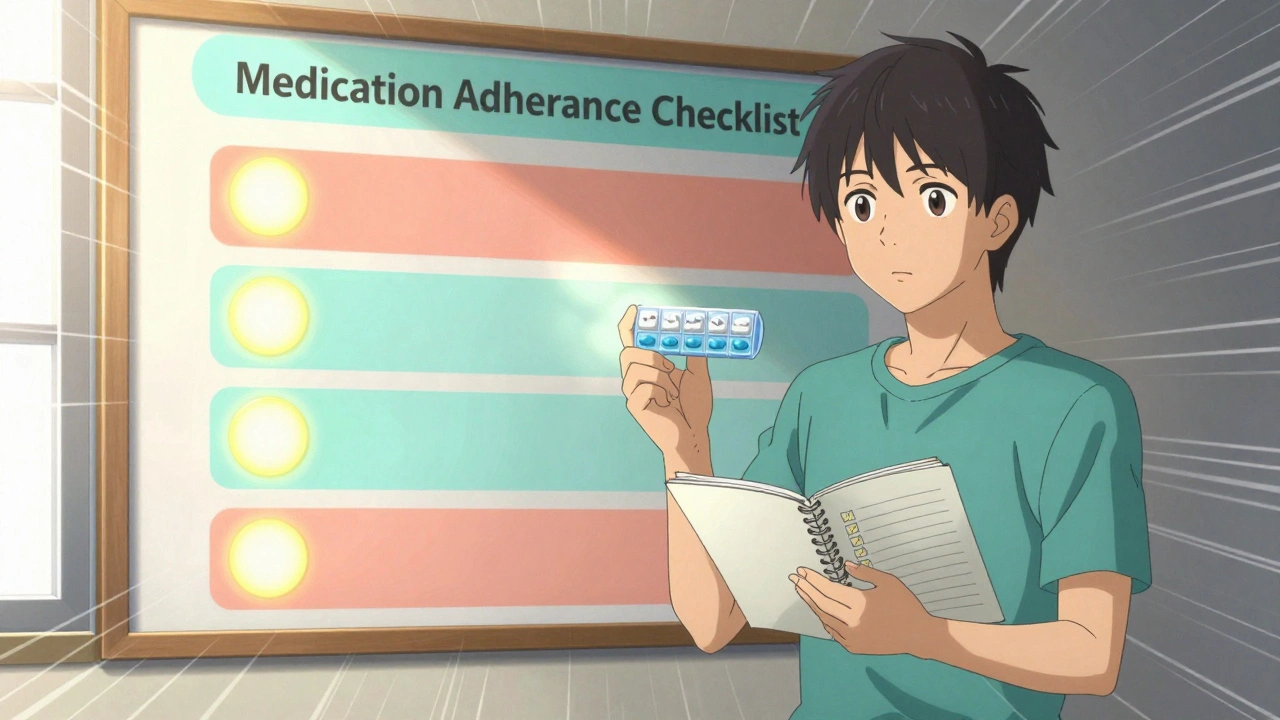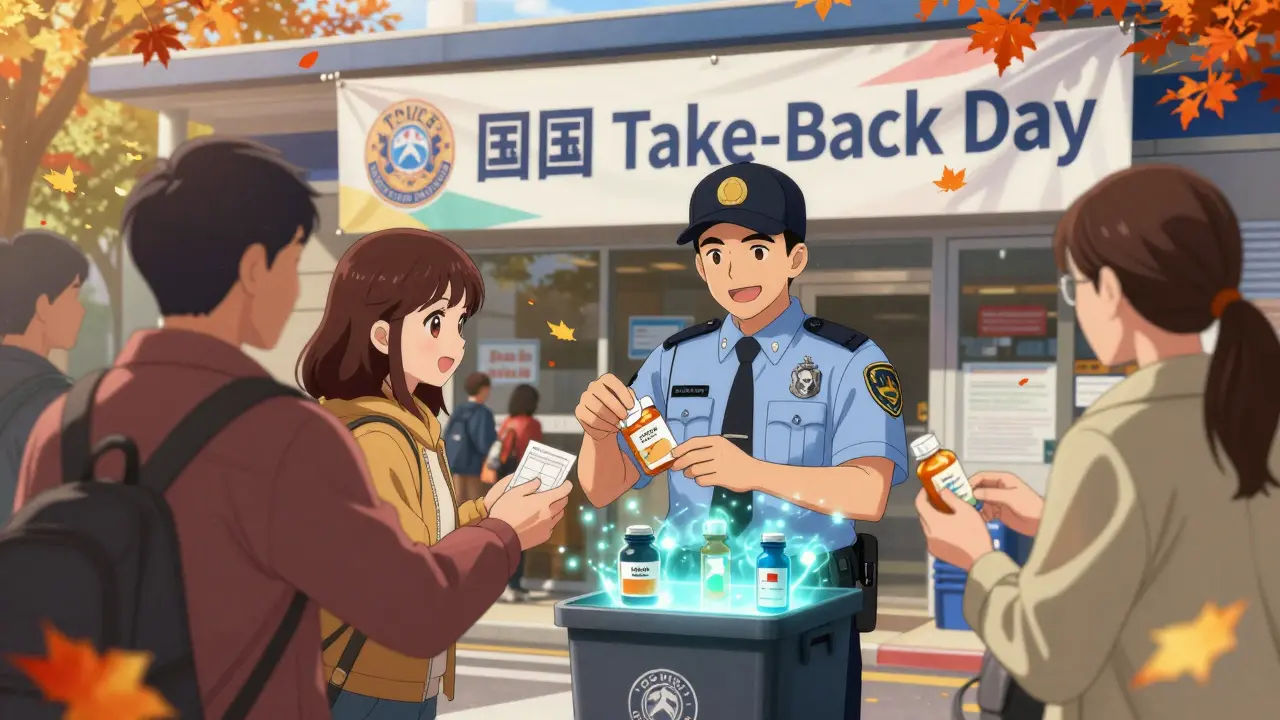Clavulanate: What It Does and How to Use It Safely
Clavulanate protects certain antibiotics from bacteria that try to destroy them. It's not used alone — you usually see it paired with amoxicillin as co-amoxiclav (brands like Augmentin). When bacteria make an enzyme called beta-lactamase, clavulanate blocks that enzyme so the antibiotic can work.
Amoxicillin attacks the bacterial cell wall. Some bacteria make beta-lactamase to break amoxicillin. Clavulanate binds to that enzyme and stops it. That lets infections caused by those resistant bugs respond better to treatment.
Common uses include sinus infections, middle ear infections, bronchitis, urinary tract infections, and many skin infections. Doctors pick an amoxicillin/clavulanate combo when they suspect beta-lactamase–producing bacteria or when a simpler antibiotic didn’t work.
Dosing and forms vary. You may get tablets, chewable tablets, or a liquid for children. Dose depends on weight, type of infection, and kidney function. A typical adult prescription might be 500/125 mg every 8 or 12 hours, but follow your prescriber. For kids, the liquid is dosed by weight and needs careful measuring with the provided syringe.
Side effects and safety tips
Most side effects are digestive: nausea, vomiting, and diarrhea. This combination causes diarrhea more often than plain amoxicillin. Watch for serious signs: rash with breathing trouble, yellowing of skin or eyes, dark urine, or severe belly pain — get urgent care if those happen. Longer antibiotic courses can affect the liver, and older adults are at higher risk.
If you’re allergic to penicillin, don’t take amoxicillin/clavulanate. Tell your doctor about other meds you take. Warfarin and some blood thinners can interact and need closer INR checks. Probenecid raises antibiotic levels. If you have kidney or liver issues, your prescriber may change the dose.
Practical use, buying and common questions
Finish the full course even if you feel better, unless your doctor tells you otherwise. If you miss a dose, take it when you remember but don’t double up. For kids, use the dosing syringe for accuracy. If a child vomits within 30 minutes of a dose, call your provider — they may ask you to repeat it.
Clostridioides difficile (C. difficile) infection can follow antibiotic use. If you get persistent watery diarrhea, fever, or bloody stools, contact your doctor; a stool test and different treatment may be needed. Also be aware that antibiotics can cause dehydration from vomiting or diarrhea — older adults should monitor fluid intake closely.
Only use antibiotics with a prescription from a trusted provider. Avoid buying from unverified online sellers. If you buy online, pick pharmacies with clear contact details and verification seals. Store tablets at room temperature; many liquid forms should be refrigerated and used within 7–10 days — check the leaflet. Dispose of unused antibiotics via local take-back programs or follow pharmacy guidance. Never share antibiotics with others.
Pregnancy and breastfeeding: doctors commonly prescribe amoxicillin/clavulanate when needed in pregnancy, but talk through risks and benefits. Small amounts pass into breast milk; watch infants for diarrhea or rash and ask your doctor if you notice problems.
Brand names include Augmentin and Co-amoxiclav. If symptoms don't improve in 48–72 hours, or they get worse, contact your healthcare provider — they may need to test for the exact bacteria or change treatment.
Finding Affordable Augmentin Online: A Comprehensive Guide to Amoxicillin & Clavulanate
This article explores the pathway to finding affordable Augmentin online, diving deep into the world of Amoxicillin and Clavulanate. We'll unravel the mysteries behind the drug's medical applications, side effects, drug interactions, and the most commonly recommended dosages. With an emphasis on safely navigating online pharmaceutical purchases, readers will gain invaluable insights into securing Augmentin at cost-effective prices without compromising on quality.






